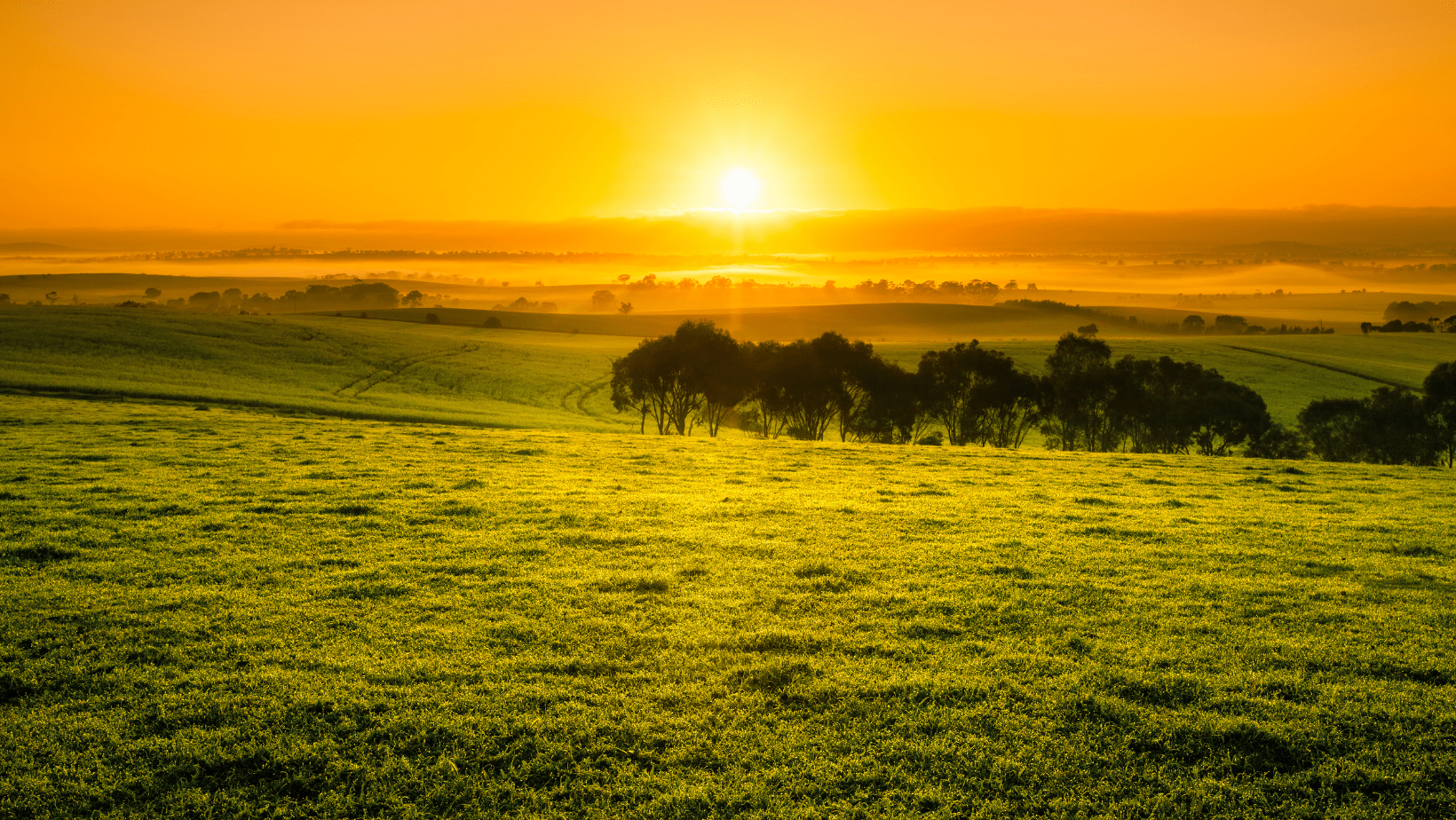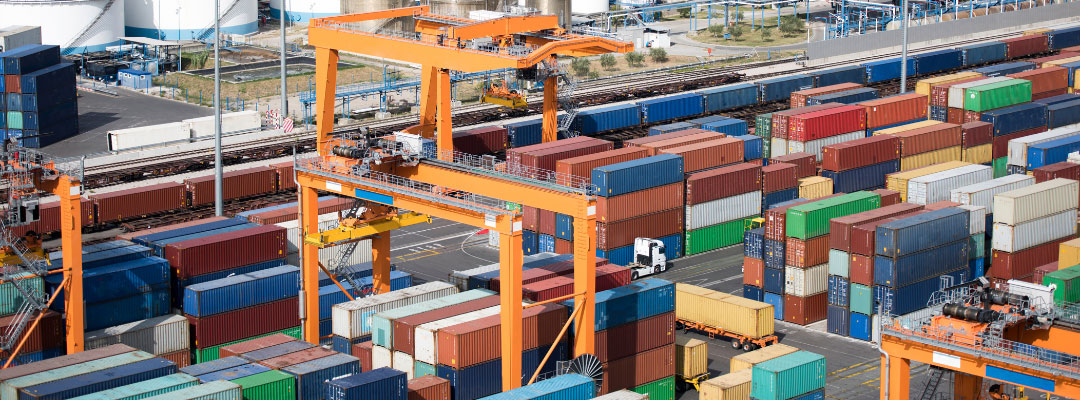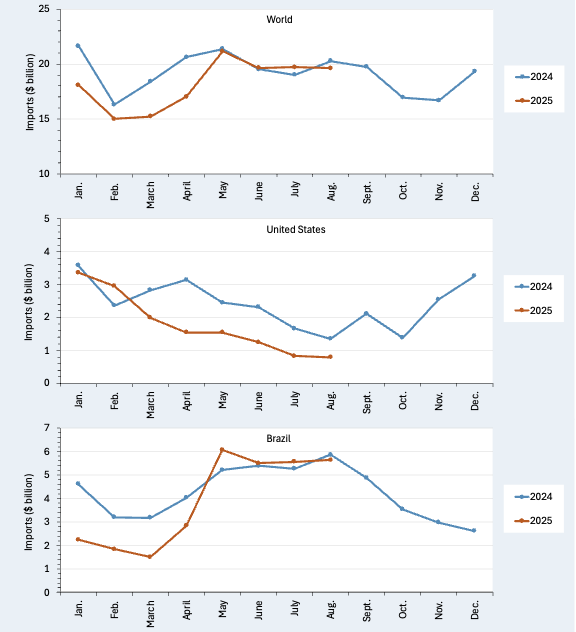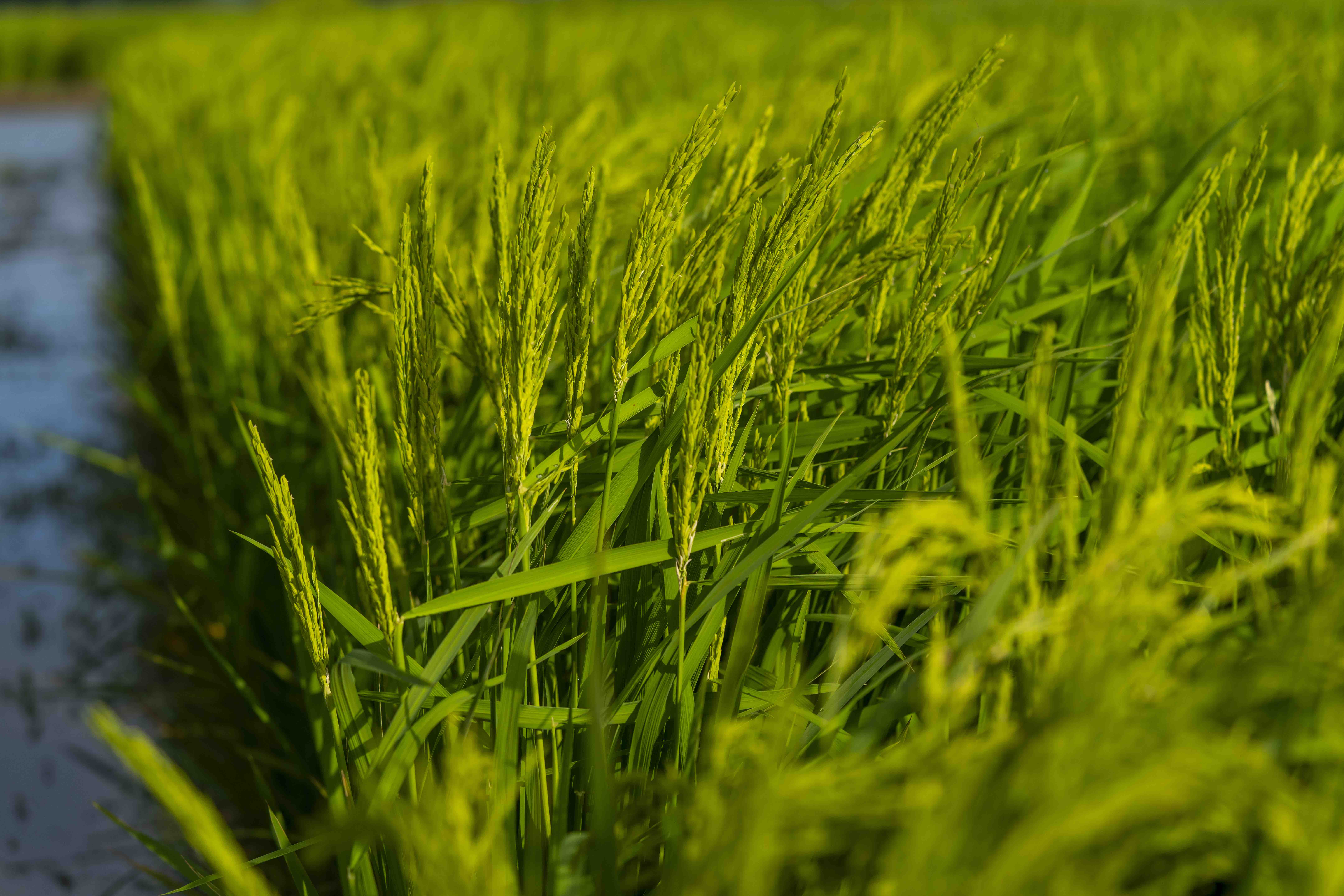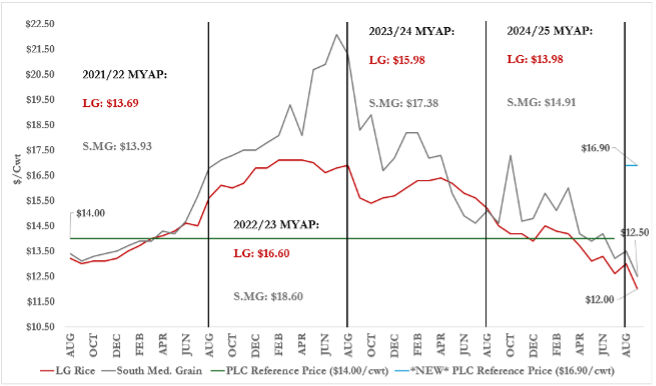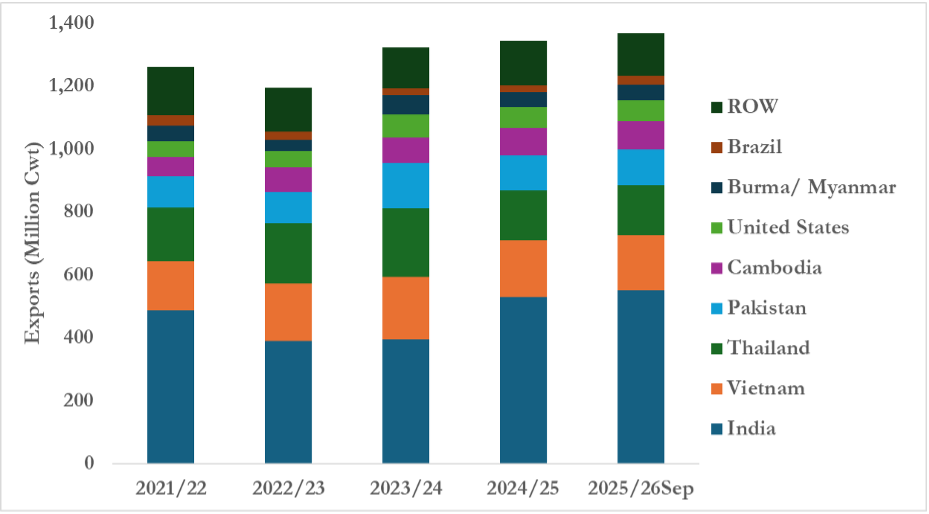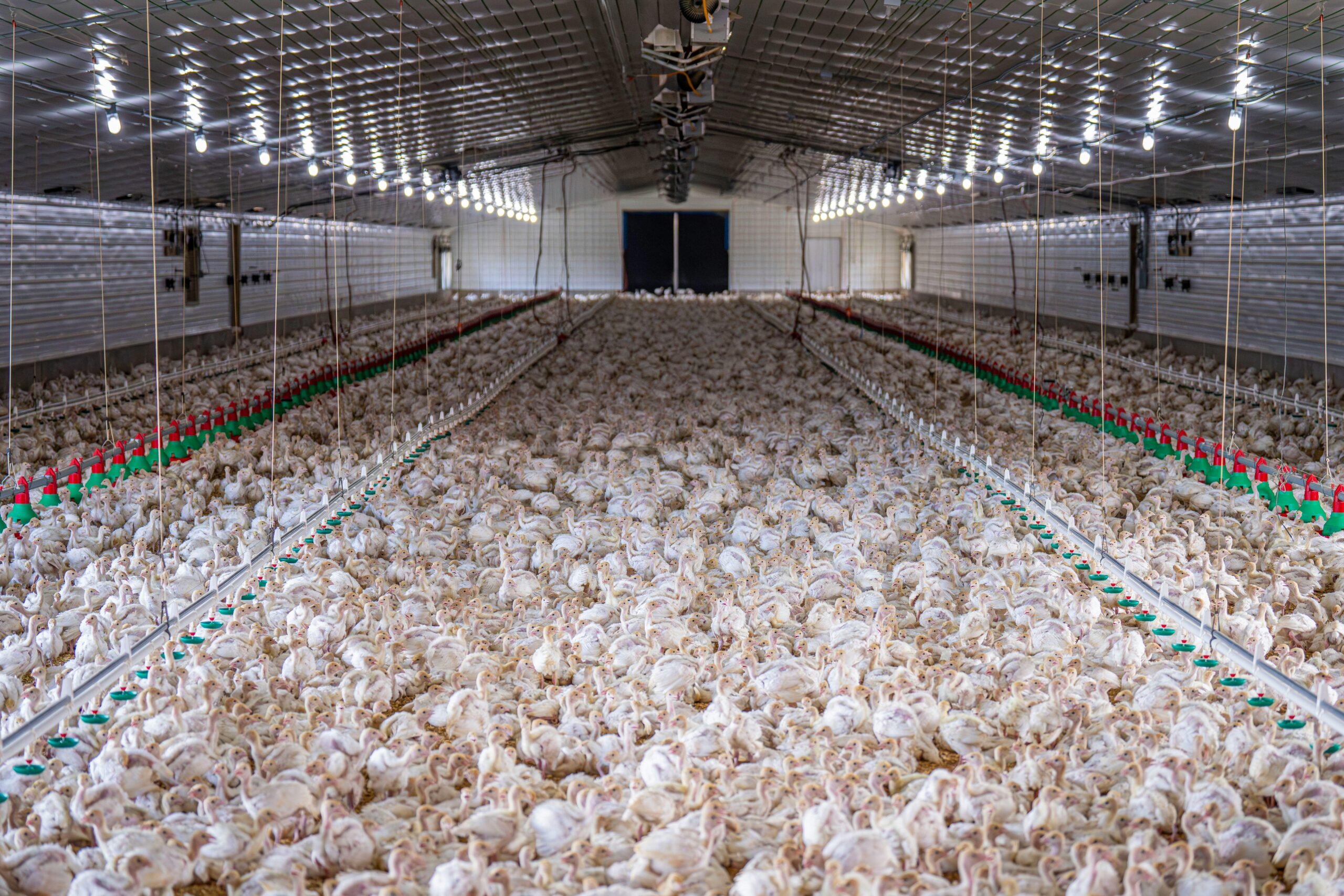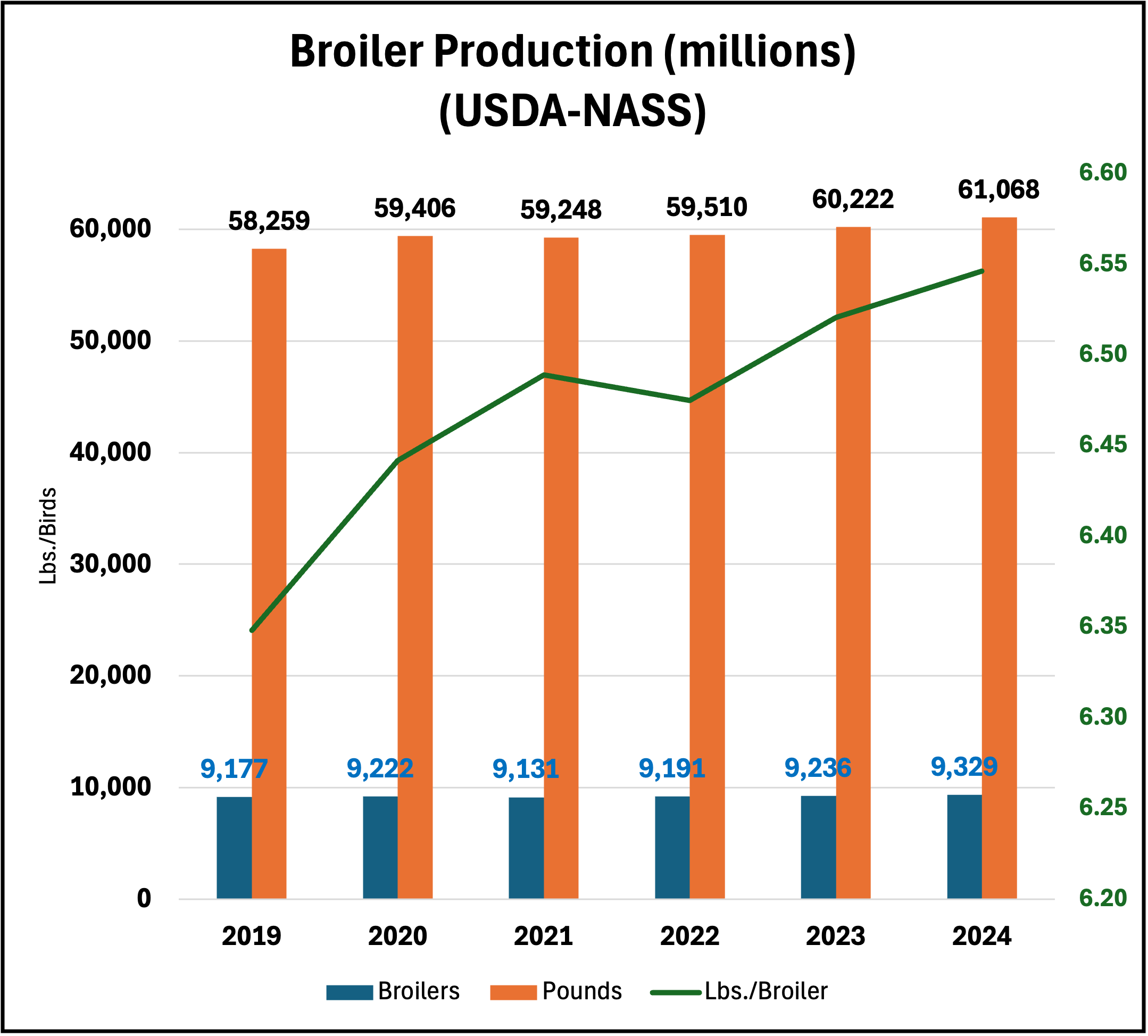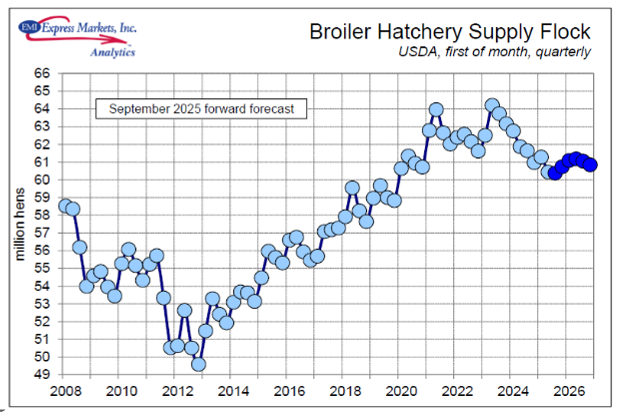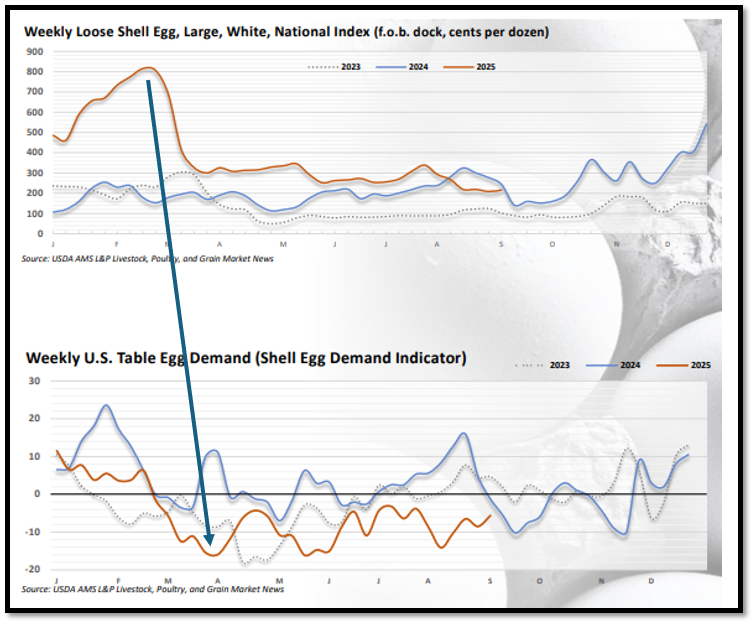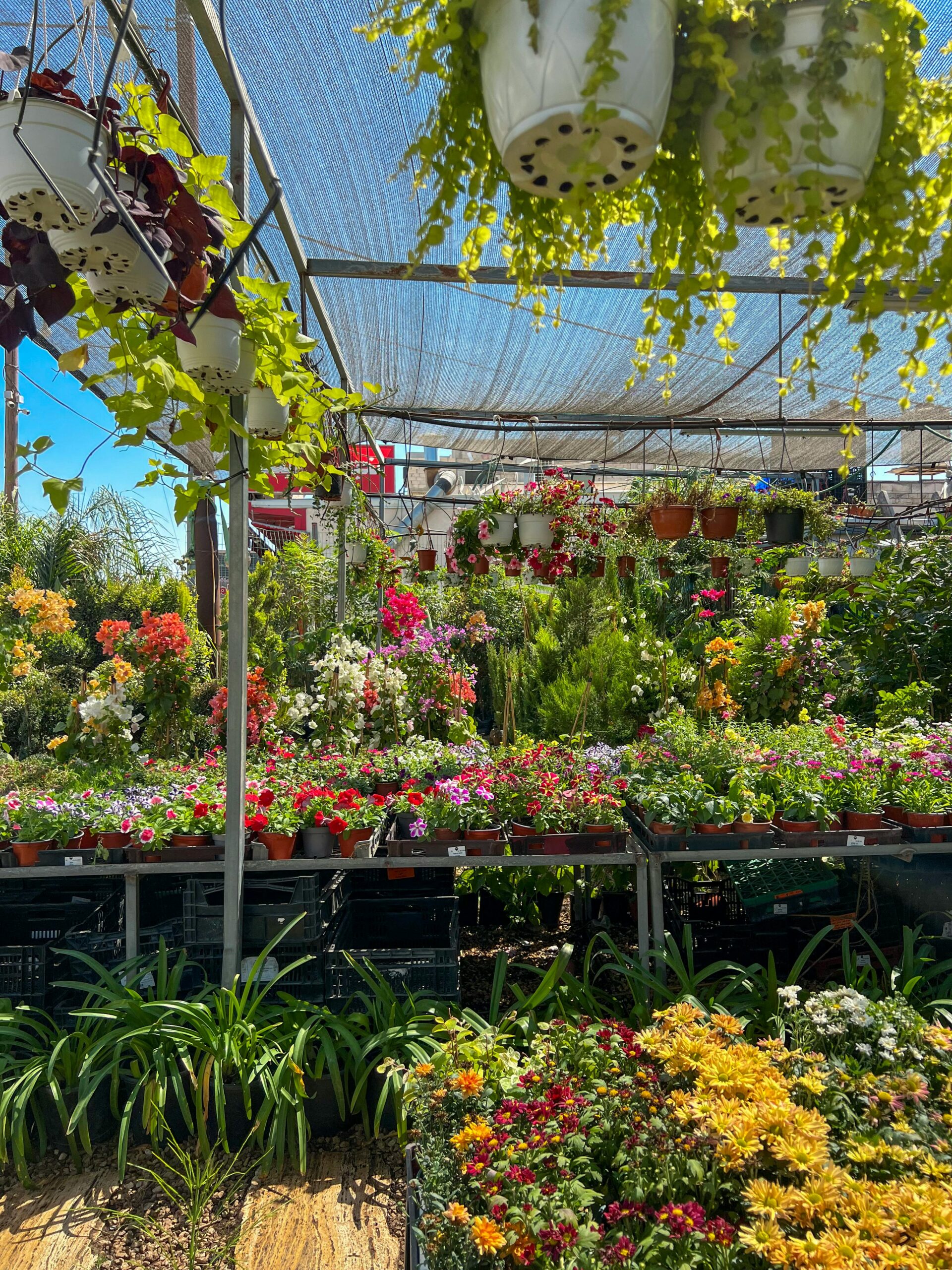Farming is more than a job; it’s an identity, a calling, and a generational promise. Yet, American Farm Bureau Federation (AFBF) reports that many farmers are reaching their breaking point due to many stressors.
Farmers face risk through rising input costs, low commodity prices, new tariffs, shrinking margins, labor shortages, and unpredictable weather. For the 12-month period ending June 30, 2025, there were 282 Chapter 12 farm bankruptcy filings in the U.S. The Southern region alone accounted for 101, or 35.8% of those filings. Compared to the prior 12-month period (July 2023 to June 2024), this is a 55.8% increase nationally and a 68.3% increase in the South. These statistics reflect more than financial struggles; they reveal livelihood, farming legacies, and farmland at the risk of a loss. When the future of the farm feels threatened, stress can sink into despair and take a serious toll on mental health. Too often, farmers cope in silence, pushing through the work while avoiding honest conversations with family, friends, or professionals about the financial stress they’re carrying.
Studies confirm this reality of coping in silence. Fear of being judged and shame keep many farmers from reaching out for mental health support. Although the stigma around seeking help has eased slightly in recent years, it continues to prevent many from getting the care they need. A 2019-2021 AFBF study found an 11% drop in farmers and farm workers who see the stigma as a barrier, yet 61% still report it as an obstacle. Research also shows gender differences: women farmers report depressive symptoms up to four times higher than men, while male farmers face a suicide risk 50% greater than men in other occupations. In short, male farmers die by suicide at higher rates, while women farmers experience higher rates of ongoing depression, highlighting the elevated financial stress across agriculture.
A recent Center for Disease Control (CDC) study further underscores the risk. CDC reports that farmer suicide rates are 3.5 times higher than the national average. Rural isolation and the stigma of seeking help for mental health, combined with access to firearms and toxic farm chemicals, makes a crisis especially dangerous. When financial stress runs this deep, it shows up in words, actions, and farm operations. Some of the common red flags to watch for:
- Verbal cues: “I can’t afford to feed my cows,” “I am a failure.”
- Behavioral changes: Social withdrawal, uncharacteristic anger, neglecting bills or chores.
- Farm operation clues: Missed planting or harvest windows, sudden downsizing without a plan, neglected livestock.
- Emotional/physical changes: Persistent hopelessness, sleep or eating changes, unexplained aches.
Every farmer faces difficult choices. But nobody should shoulder these burdens alone. Support can start close to home with a trusted pastor, church member, Extension agent, or counselor/therapist. Community also plays a vital role: peer support, connection, and resources can save lives. By checking in, listening without judgment, and normalizing conversations about financial stress, we can recognize red flags early, save lives, and help farm families build a sustainable future. A recent University of Arkansas Division of Agriculture publication, Identifying Financial Stress in Farmers and Ranchers: A Guide for Families, Friends, and Agricultural Community Stakeholders, highlights practical ways communities can recognize red flags of distress before a crisis unfolds.
If red flags persist, seek support:
- Suicide & Crisis Lifeline: 988
- AgriStress Helpline: 1-833-897-2474
- Farm Aid: 1-800-327-6243
Cooperative Extension Services across the United States provide suicide prevention training, often using evidence-based programs like QPR (Question, Persuade, Refer). Many Extension systems also offer mental health resources directly or can connect families to local providers. In addition, the Farm and Ranch Stress Assistance Network (FRSAN) is a national resource offering farm stress and mental health support, with tools designed specifically for agricultural communities. For more information, visit: https://www.usda.gov/about-usda/general-information/staff-offices/office-congressional-relations/office-external-and-intergovernmental-affairs/center-faith/farm-stress-and-mental-health-resources
References
American Farm Bureau Federation. (2021, December). Farmer and rural perceptions of Mental Health. Farmer and Rural Perceptions of Mental Health. https://www.fb.org/files/Farmer_and_Rural_Mental_Health_AFBF.pdf
American Farm Bureau Federation Staff. “Modern farmer: Farmers face a mental health crisis. Talking to others in the industry can help.” American Farm Bureau Federation. https://www.fb.org/in-the-news/modern-farmer-farmers-face-a-mental-health-crisis-talking-to-others-in-the-industry-can-help. June 24, 2024.
Fields, Erica Barnes, and Rainey, Rainey. “Identifying Financial Stress in Farmers and Ranchers: A Guide for Families, Friends, and Agricultural Community Stakeholders.” University of Arkansas Factsheet. Retrieved from: https://www.uaex.uada.edu/publications/pdf/FSA96.pdf
Loy, Ryan, Fields, Erica Barnes, and Rainey, Ronald. “Tracking Chapter 12 Bankruptcies in the South: 2015 – 2025 Trends and Identifying On-Farm Stress.” Southern Ag Today 5(37. l). September 8, 2025. Permalink
Sussell A, Peterson C, Li J, Miniño A, Scott KA, Stone DM. Suicide Rates by Industry and Occupation — National Vital Statistics System, United States, 2021 . MMWR Morb Mortal Wkly Rep 2023;72:1346–1350. DOI: http://dx.doi.org/10.15585/mmwr.mm7250a2 Retrieved from https://www.cdc.gov/mmwr/volumes/72/wr/mm7250a2.htm#suggestedcitation
United States Courts. (2025). Caseload Statistics Data Tables. Retrieved from: https://www.uscourts.gov/statistics-reports/caseload-statistics-data-tables
Fields, Erica Barnes, Ryan Loy, and Ronald Rainey. “Farm Financial Stress and Suicide Risk: Red Flags Every Community Should Know.” Southern Ag Today 5(40.5). October 3, 2025. Permalink
